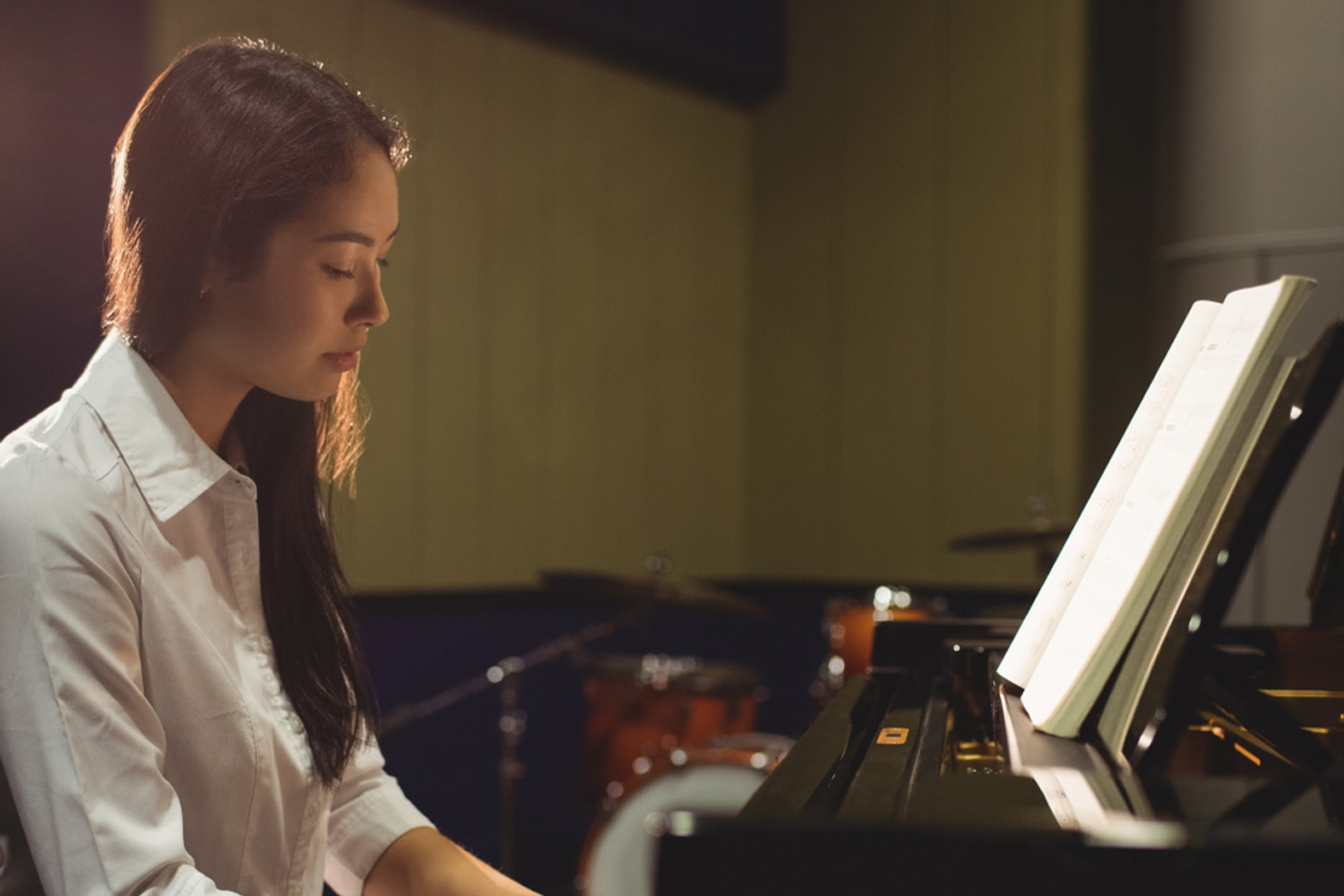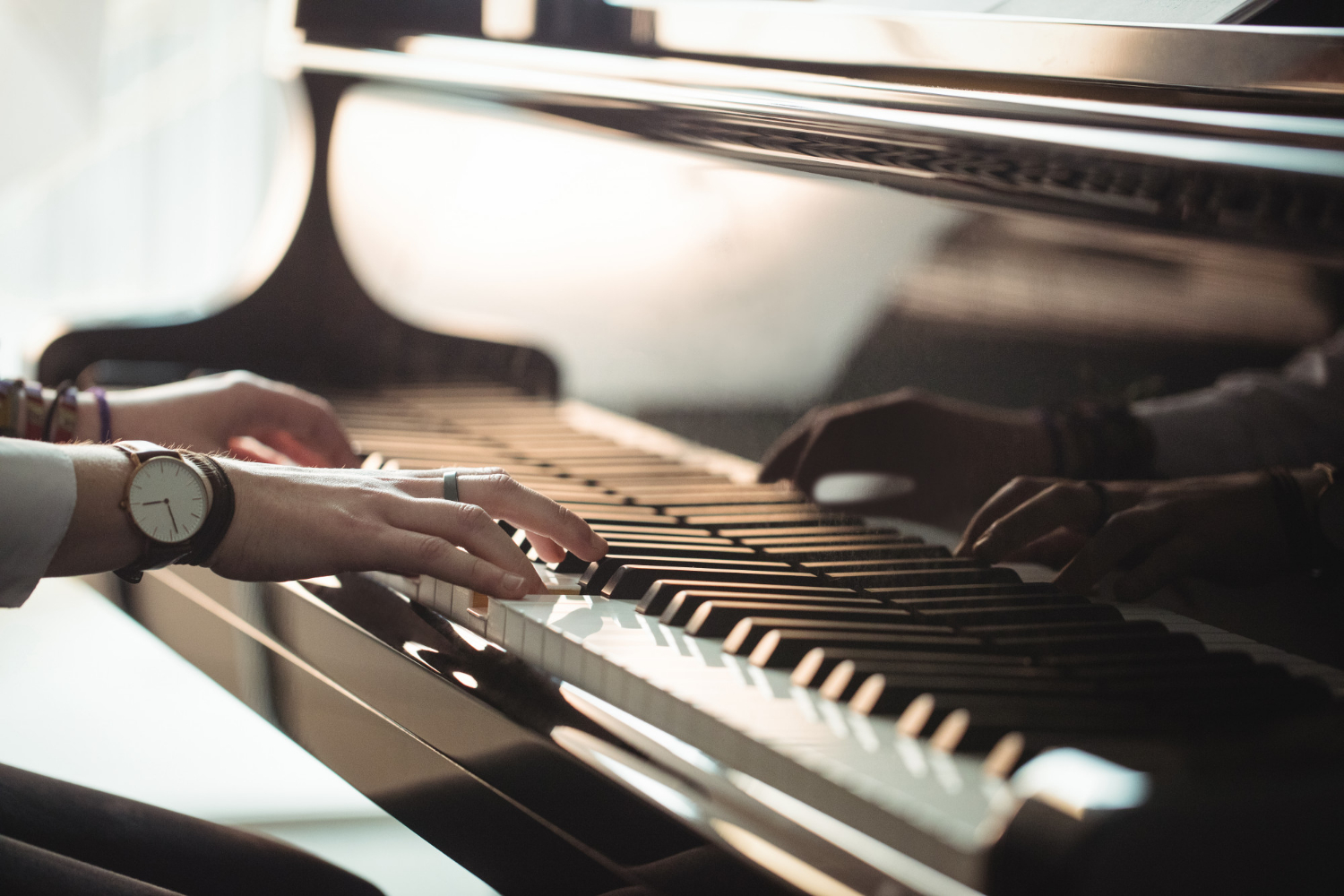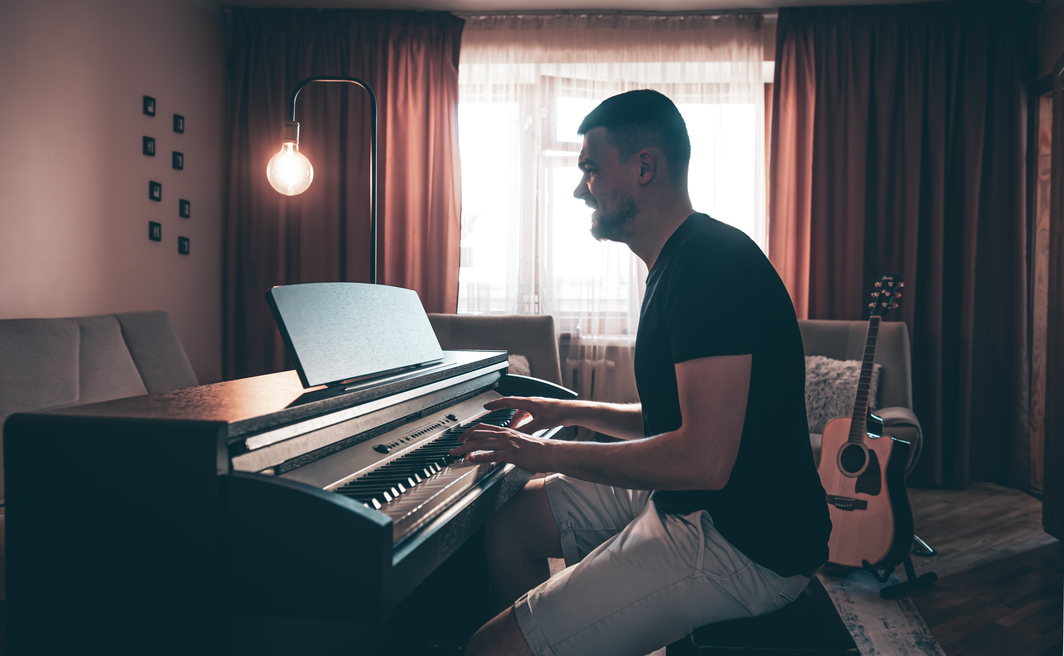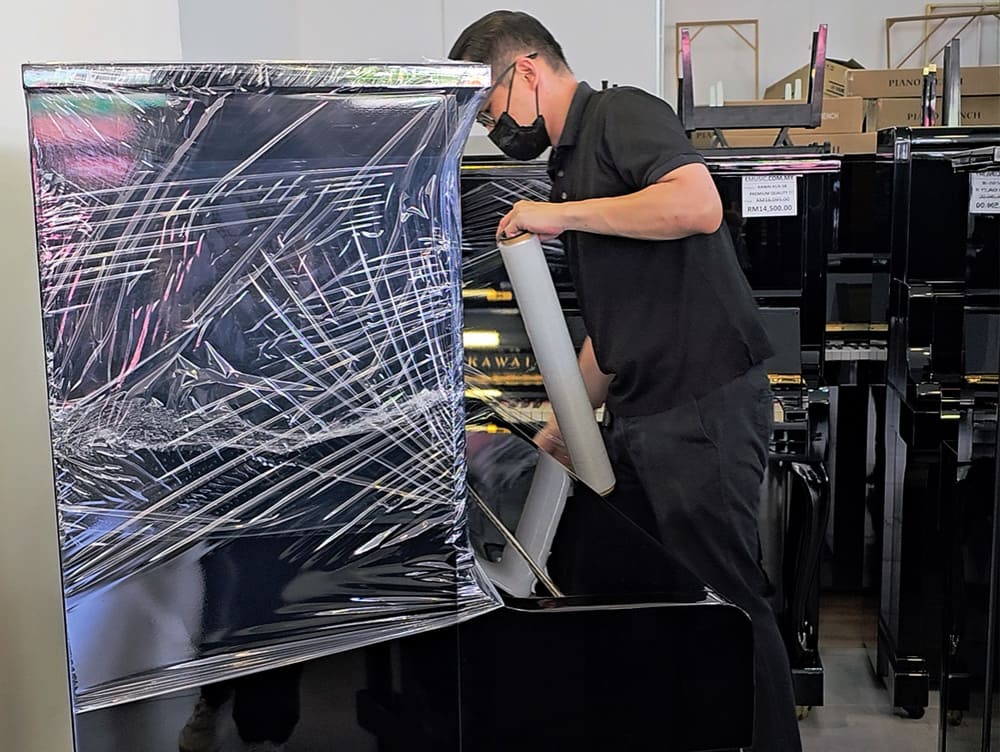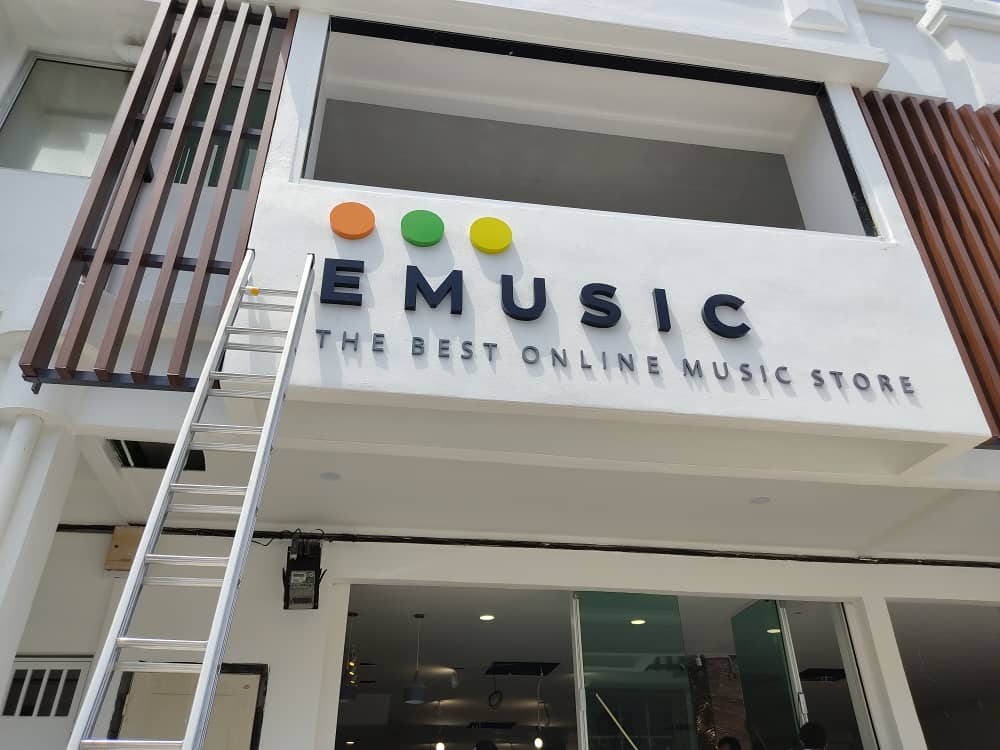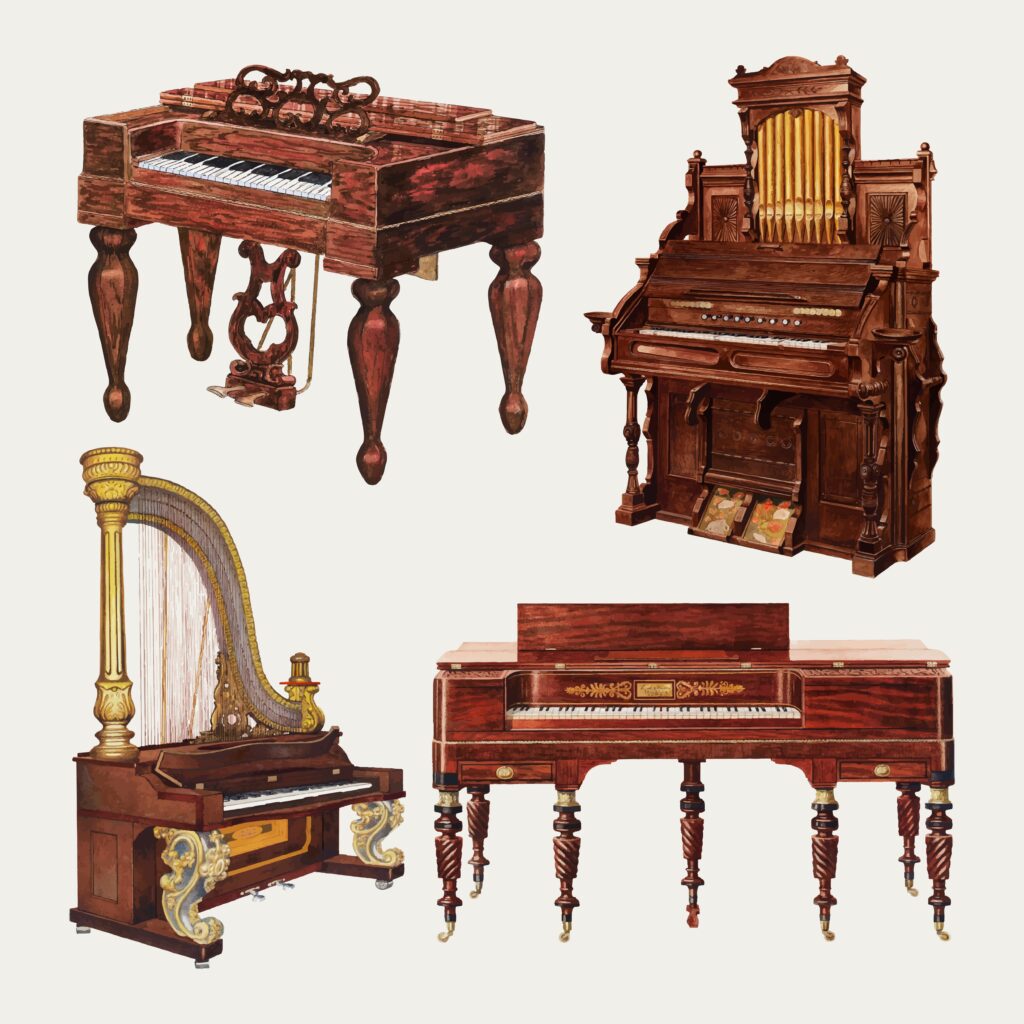
The History of the Piano: From Invention to Modern Mastery
September is National Piano Month, the perfect time to look back at the rich history of one of the world’s most celebrated instruments. At Emusic Piano, we believe understanding the piano’s past helps us appreciate its artistry today.
The Birth of the Piano
The piano was invented around 1700 by Bartolomeo Cristofori, an Italian instrument maker. Cristofori’s breakthrough was creating an instrument that could play both soft (piano) and loud (forte), unlike the harpsichord and clavichord of his time. This innovation gave rise to the earliest version of the instrument we know today.
Evolution of the Piano
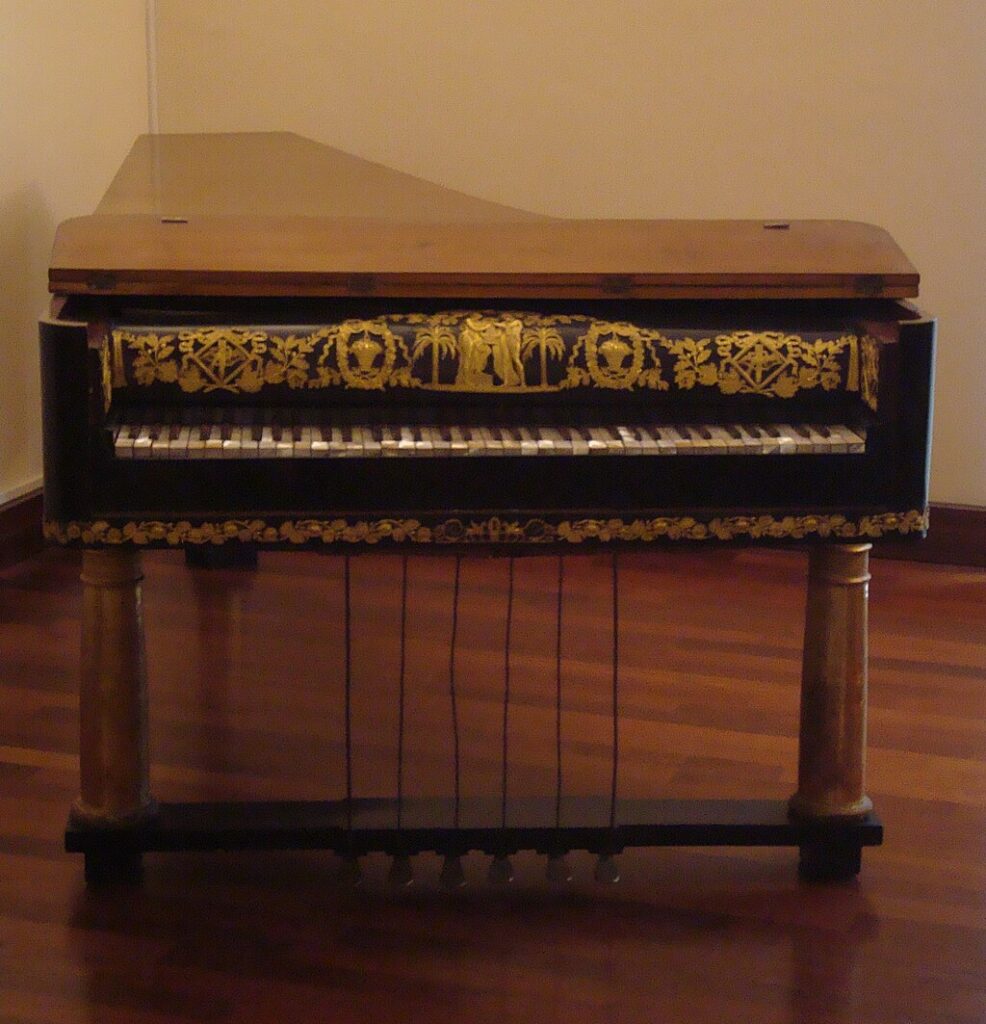
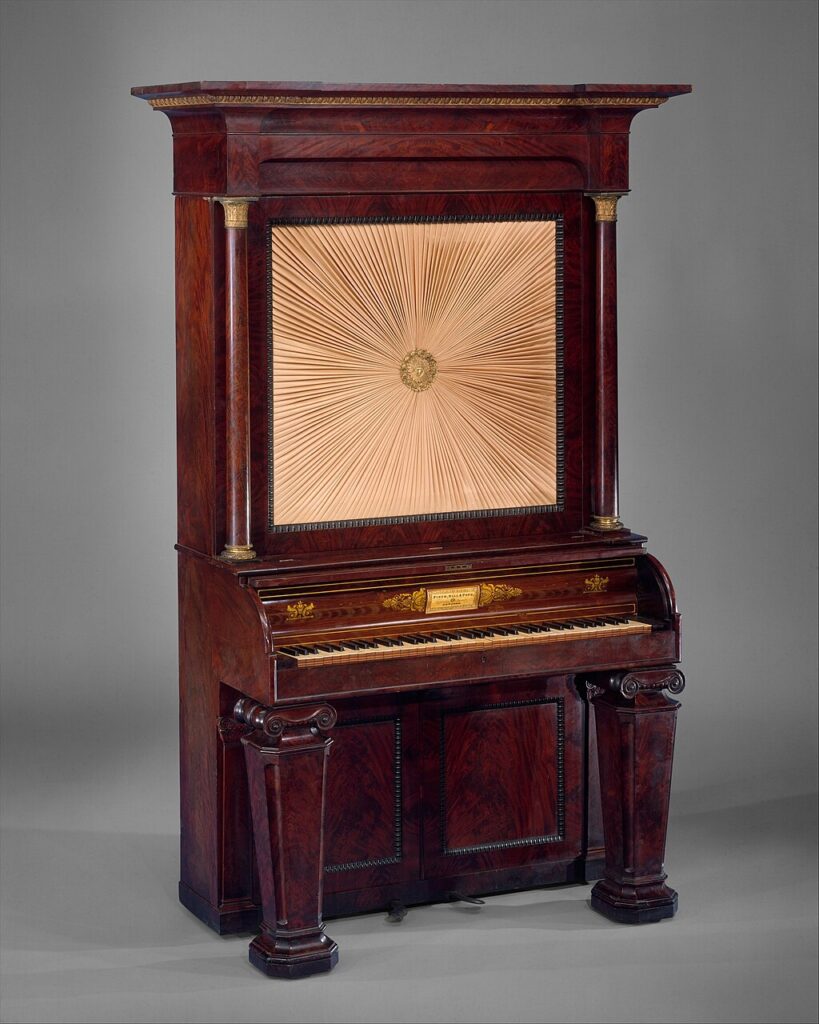
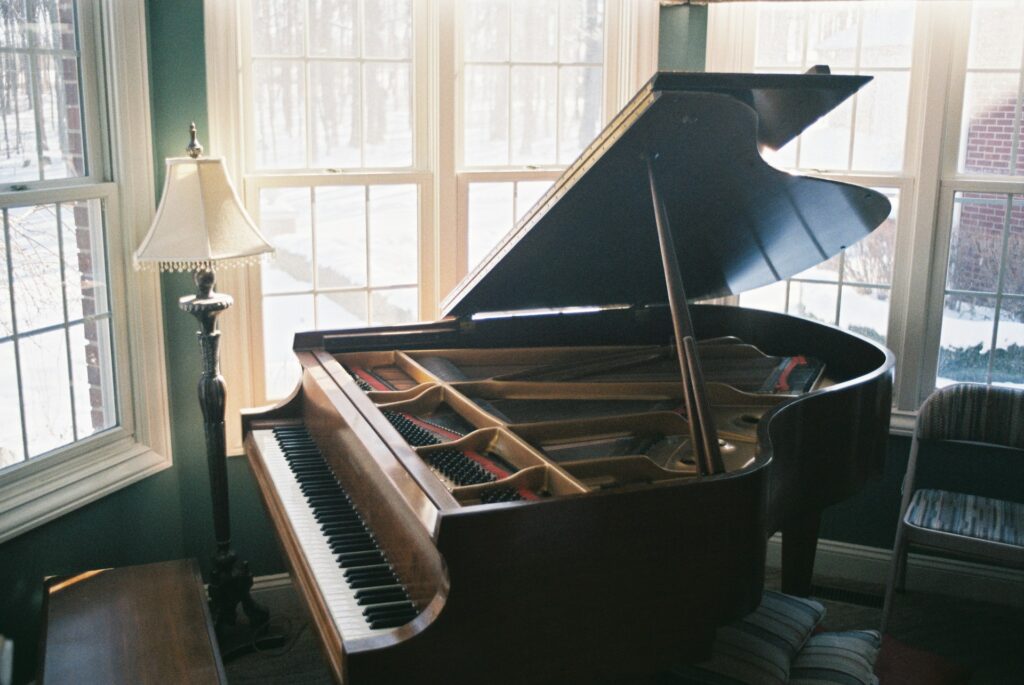
Evolution Through the Centuries
- 18th Century
Early pianos were delicate and light, often used in salons and small halls. Composers like Mozart wrote for these instruments, shaping the piano’s early repertoire.
- 19th Century
The Industrial Revolution brought stronger frames, thicker strings, and a wider range. These changes made the piano louder and more expressive—ideal for concert halls. Legendary composers such as Chopin, Liszt, and Beethoven pushed the instrument’s limits during this period.
- 20th Century
The rise of jazz, popular music, and modern classical works gave the piano new life. Upright pianos became staples in homes, while grand pianos remained concert icons.
- Late 20th & 21st Century
Digital pianos emerged, offering portability, affordability, and innovative features like headphone practice and built-in recording. Today, digital and acoustic pianos complement each other, serving both traditionalists and modern learners.
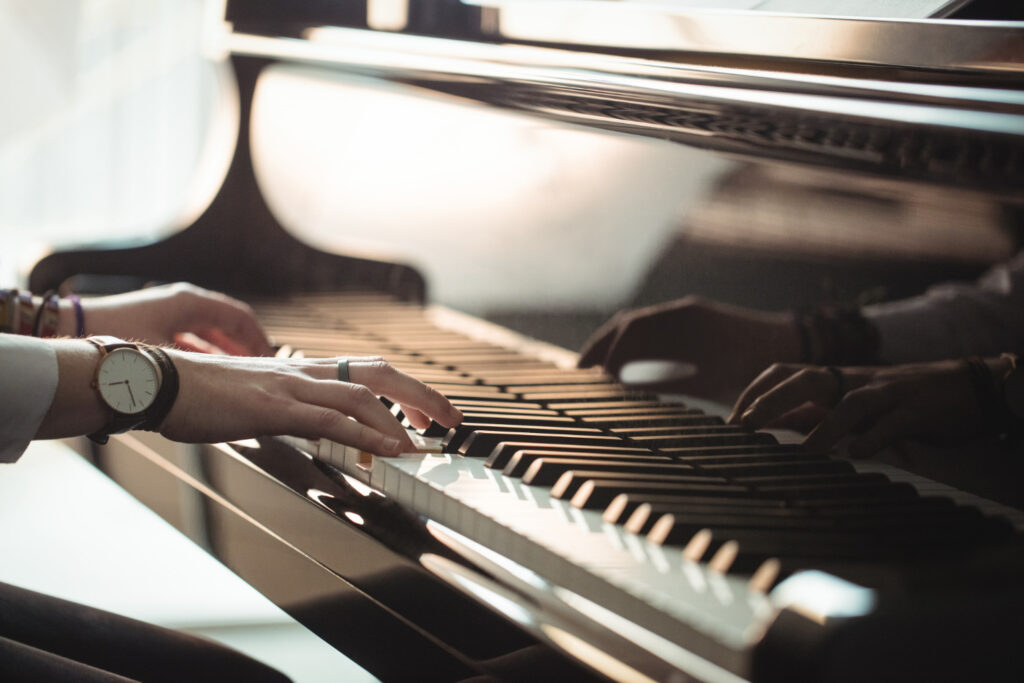
The Piano’s Lasting Impact
The piano is more than an instrument; it’s a foundation for learning music. Its wide range, ability to play melody and harmony simultaneously, and versatility make it the most studied and performed instrument worldwide. From beginner lessons to world-class concerts, the piano continues to inspire every generation.
Celebrate National Piano Month with Emusic Piano
As we honour the piano’s history, we also look forward to its future. Whether you’re learning on a modern digital piano or performing on a grand concert piano, each note connects us to over 300 years of tradition and innovation.
🎶 At Emusic Piano, we’re passionate about helping you find the right piano for your journey — because every player deserves an instrument that inspires.
Whether you’re just beginning your musical journey or looking for the next piano to elevate your playing, we’re here to guide you every step of the way. Explore our full range of pianos at Emusic.com.my and celebrate National Piano Month with the perfect instrument for you.
Ever at your service,
Emusic Piano Team

